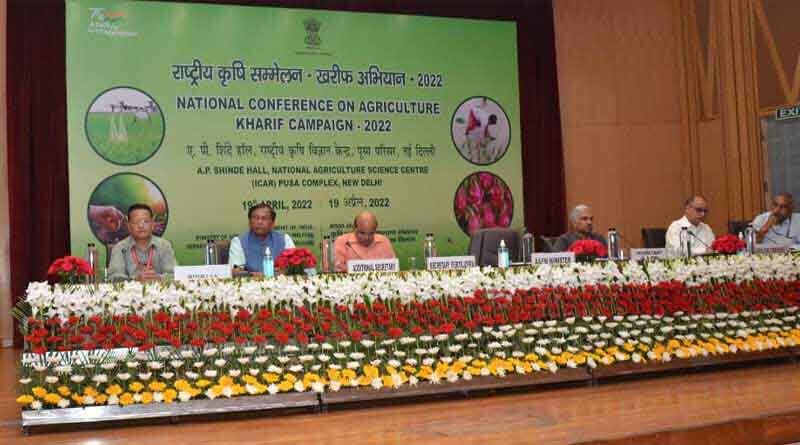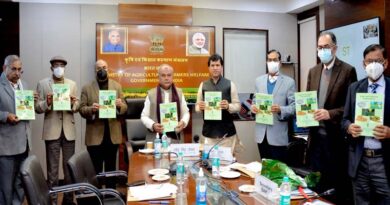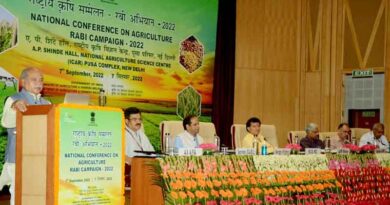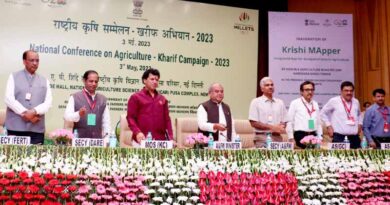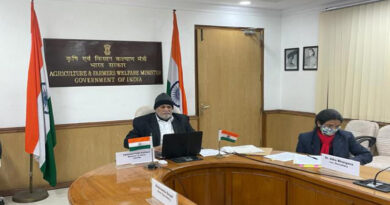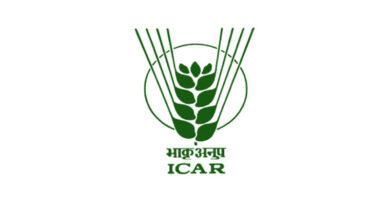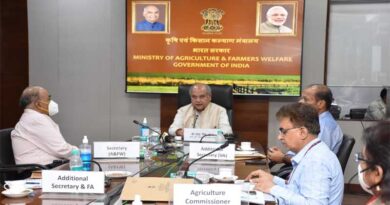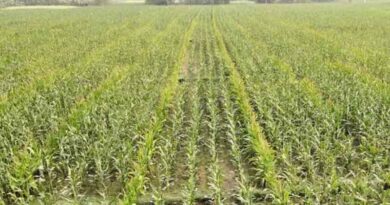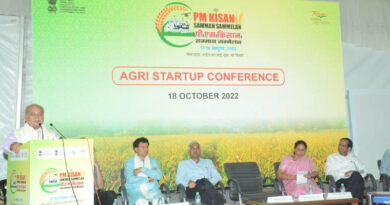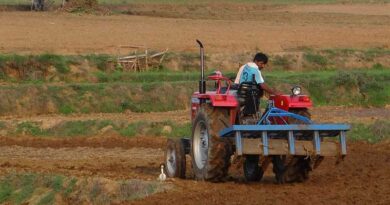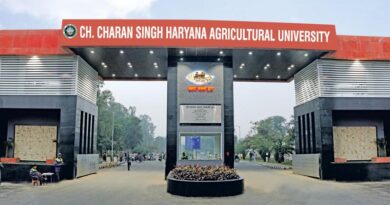India targets 3,280 lakh tonnes food grain production in 2022-23
19 April 2022, New Delhi: Union Agriculture Minister Narendra Singhr Tomar inaugurated National Conference on Agriculture for Kharif Campaign 2022-23 today at NASC Complex, New Delhi.
The objective of this conference was to review and assess the crop performance during the preceding crop seasons and fix crop-wise targets for Kharif season in consultation with State Governments, ensure supply of critical inputs and facilitate adoption of innovative technologies with a view to enhance production and productivity of the crops.
The Minister expressed satisfaction that that as per 2nd Advance Estimates (2021-22), total food grains production in the country is estimated at 3,160 lakh tonnes which will be an all time record. The pulses and oilseeds production will be 269.5 and 371.5 lakh tonnes, respectively.
Also Read: Fall Seasonal Effects Connected to E. coli Outbreaks in Bagged Romaine
As per third advanced estimates, horticulture production during 2020-21 is ,3310.5 lakh tonnes which is the highest ever for Indian horticulture. The Minister stated that the centre and states would work together to ensure pesticides and seeds availability to reduce input costs for farmers. He urged that there should be a strategy to replace Urea with Nano-urea.
The priority of government is agro-ecological based crop planning for diversion of land from excess commodities like rice and wheat to deficit commodities like oilseeds and pulses and high value export earning crops. Government is giving high priority to Crop Diversification with focus on Self Sufficiency in Oilseeds & Pulses and Promotion of Oil Palm. Consultations with all stake holders like major states, researchers, industries and policy makers have been held to finalize a National Policy Frame Work for Crop Diversification Programme in the country. All states should work towards crop diversification for making agriculture sustainable, profitable and self sufficient in deficit commodities.
The Conference fixed national target for total food grain production at 3280 lakh tonnes for the year 2022-23 compared to expected production of 3160 lakh tonnes during current year. Target for production of pulses and pulses have been fixed at 295.5 and 413.4 lakh tonnes in 2022-23. Nutri-cereals production has to be increased from 115.3 in 2021-22 to 205.0 lakh tonnes in 2022-23. The strategy would be to increase area through inter-cropping and crop diversification and productivity enhancement through introduction of HYVs and adoption of suitable agronomic practices in low yielding regions.
Mr. Manoj Ahuja, Secretary, Ministry of Agriculture and Farmers Welfare, said that the country is maintaining an increasing trend in food grain production since 2015-16. Total food grain production has increased by 25% in last 6 years from 251.54 to 316.01 million tonnes. Oilseeds have followed the same trend and have shown a growth of 42% from 25.25 million tonnes in 2015-16 to 37.15 million tonnes in 2021-22. India’s exports of agricultural products have grown by 19.92% during 2021-22 to touch $50.21 billion ( Rs 376575 crore).The commodities like wheat, other cereals, rice (other than Basmati), soya meal, raw cotton, fresh vegetable, and processed vegetables etc have registered most positive growths.
He said, “We have to accelerate the production and productivity of agriculture and horticulture sectors for ensuring food and nutritional security in the rural areas. The Government has adopted several developmental programmes, schemes, reforms and policies that focus on higher incomes for the farmers. Action Plan for 3 years Seed Rolling Plan (2021-22 to 2023-24) for all oilseeds with allocation Rs 381.95 crore will produce a total of 14.7 lakh quintals of quality seed of new HYVs will be produced in next 3 years.”
Making a detailed presentation on the strategies for crop management in Kharif season, Dr. A. K. Singh, Agriculture Commissioner said that country has recorded all time high food grains, oilseeds and horticultural production due to timely interventions of the government. Now, special focus is given on oilseeds, pulses and nutria-cereals. Post monsoon, rainfall has been in excess over normal and about 55.76 lakh hectares was under cultivation during summer. Following government policy, there has been reduction in area under rice with corresponding increase in pulses and oilseeds cultivation. Government has worked out requirement of seed and fertilizers and will ensure their timely supply.
Secretary (Fertilizers) deliberated on positioning of fertilizers supply for forthcoming season. Detailed presentations were made for new initiatives taken for increasing production of nutri-cereals and celebrating of International Year on Milles in 2023. Cafeteria Approach under RKVY and sub-schemes for farm mechanization were shared for the benefits of the states. Presentations were also given on Digital Agriculture, PM-Kisan and Natural Farming.

